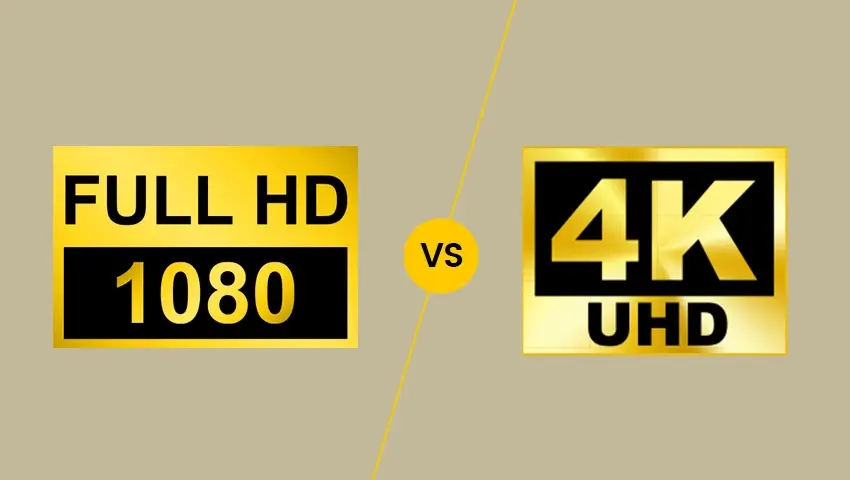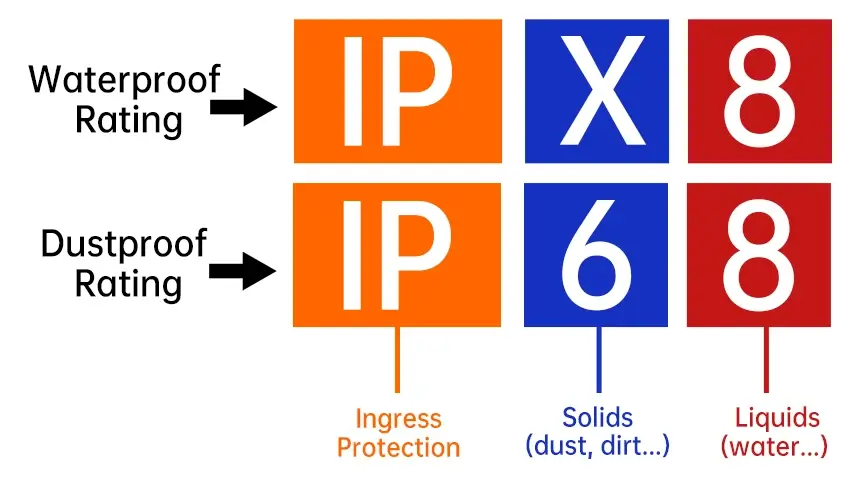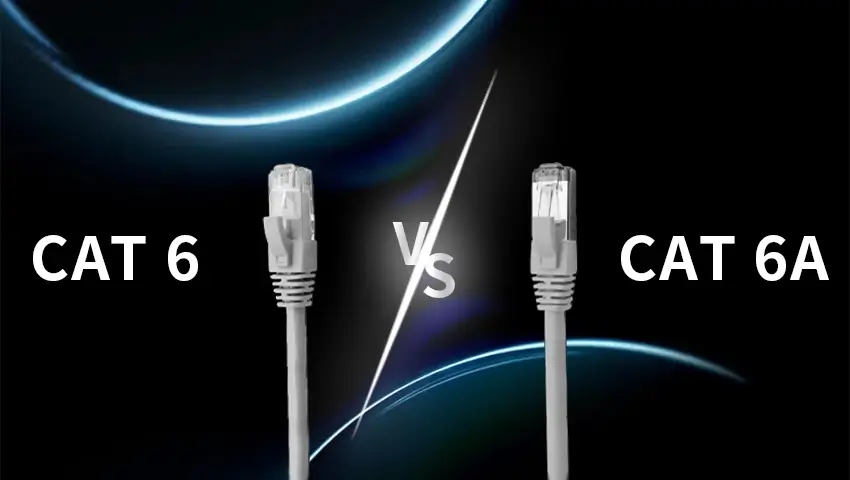UHD vs FHD: This fundamental choice in surveillance camera resolution directly impacts the level of detail captured, influencing everything from suspect identification to incident analysis. Choosing between Ultra High Definition (UHD) and Full High Definition (FHD) requires a clear understanding of their respective strengths, limitations, and the specific security needs of your property. This guide provides a concise comparison to help you determine the optimal resolution for your surveillance system.
Contents
Resolution Comparison
UHD, also known as 4K, has a resolution of 3840×2160 pixels, while FHD, or 1080p, has a resolution of 1920×1080 pixels. This means that UHD offers approximately four times the pixel density of FHD. The higher pixel count in UHD results in much sharper and more detailed images, allowing you to see finer details that might be lost in FHD footage. For instance, in a crowded area, UHD can help you distinguish individual faces and movements more clearly than FHD.
Image Quality
The superior resolution of UHD translates to better image quality, especially in low-light conditions. UHD cameras typically have larger sensors that can capture more light, resulting in clearer and less noisy images at night or in dimly lit environments. This is crucial for surveillance purposes, as many security incidents occur during nighttime hours. Additionally, UHD’s higher dynamic range can provide better contrast and color accuracy, making the footage more realistic and easier to interpret.
Application Scenarios
The choice between UHD and FHD depends largely on your specific surveillance needs and the environment in which the cameras will be installed. UHD is ideal for large areas such as parking lots, industrial complexes, and commercial buildings where you need to monitor extensive spaces with high detail. It’s also beneficial for scenarios requiring remote viewing and zooming, as the higher resolution allows for better digital zoom capabilities without significant loss of image quality.
FHD, on the other hand, is sufficient for smaller areas like homes, small offices, and retail stores. It provides good image quality while being more cost-effective than UHD. If your primary concern is basic security monitoring without the need for extreme detail or remote zooming, FHD can be an excellent choice that balances quality and affordability.
Storage Requirements
One important consideration when opting for UHD is the increased storage demand. Due to the higher resolution and larger file sizes, UHD footage requires significantly more storage space than FHD. This means you’ll need to invest in more robust storage solutions, such as larger hard drives or network-attached storage systems, to accommodate the additional data. However, advancements in video compression technologies like H.265 have helped mitigate this issue to some extent by reducing file sizes without compromising too much on image quality.
Price Factors
UHD surveillance cameras generally come with a higher price tag compared to FHD models. The cost difference can be substantial, especially when considering an entire surveillance system with multiple cameras. If you’re on a tight budget but still desire better-than-FHD quality, you might consider a hybrid approach, using UHD cameras for critical areas and FHD cameras for less sensitive spots. This way, you can optimize your security coverage while managing costs effectively.
Future Trends
As technology continues to evolve, UHD is becoming increasingly mainstream in the surveillance industry. More and more manufacturers are offering UHD camera models at competitive prices, making it more accessible to a wider range of customers. Additionally, the integration of artificial intelligence (AI) and machine learning with UHD surveillance systems is opening up new possibilities for advanced analytics, such as facial recognition, object detection, and behavior analysis, further enhancing the value and functionality of UHD cameras.
Conclusion
The choice between UHD vs FHD for surveillance cameras hinges on a strategic alignment of security needs, budget constraints, and technological capabilities. Prioritize UHD for expansive coverage and intricate detail when resources allow, but recognize that FHD provides a robust and economical solution for targeted monitoring. Consulting with security professionals ensures a tailored deployment that maximizes protection while optimizing cost-effectiveness.




